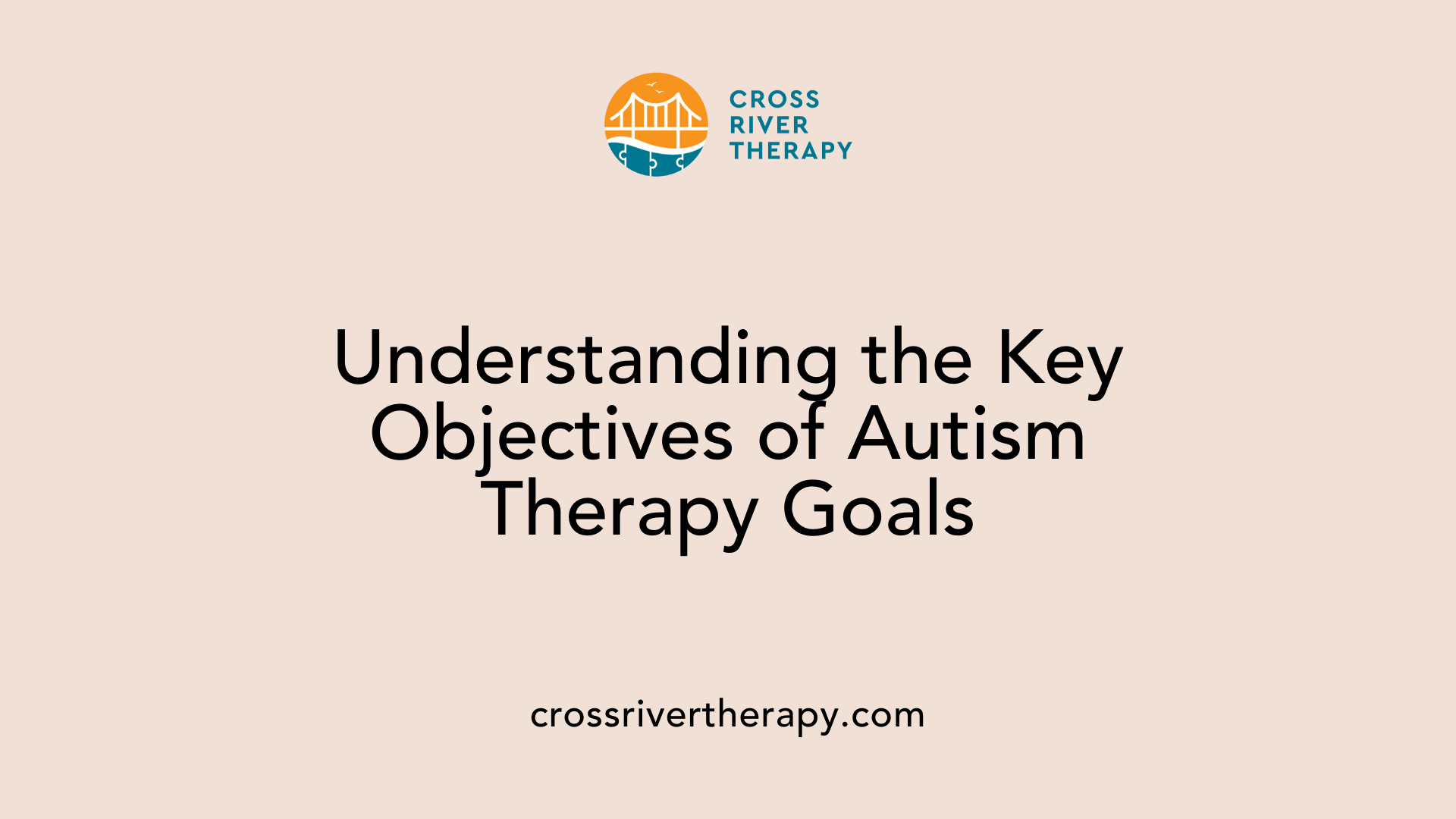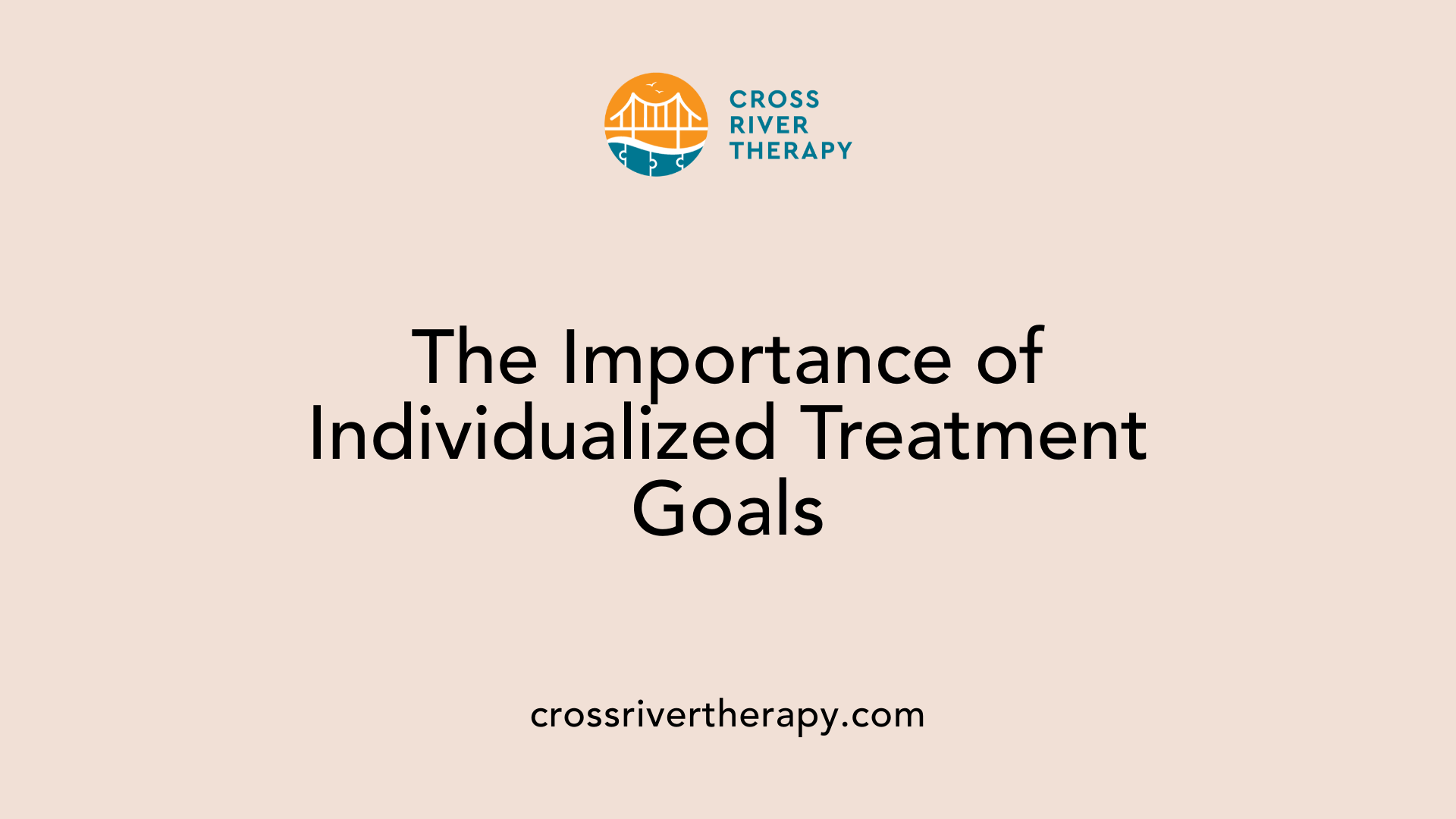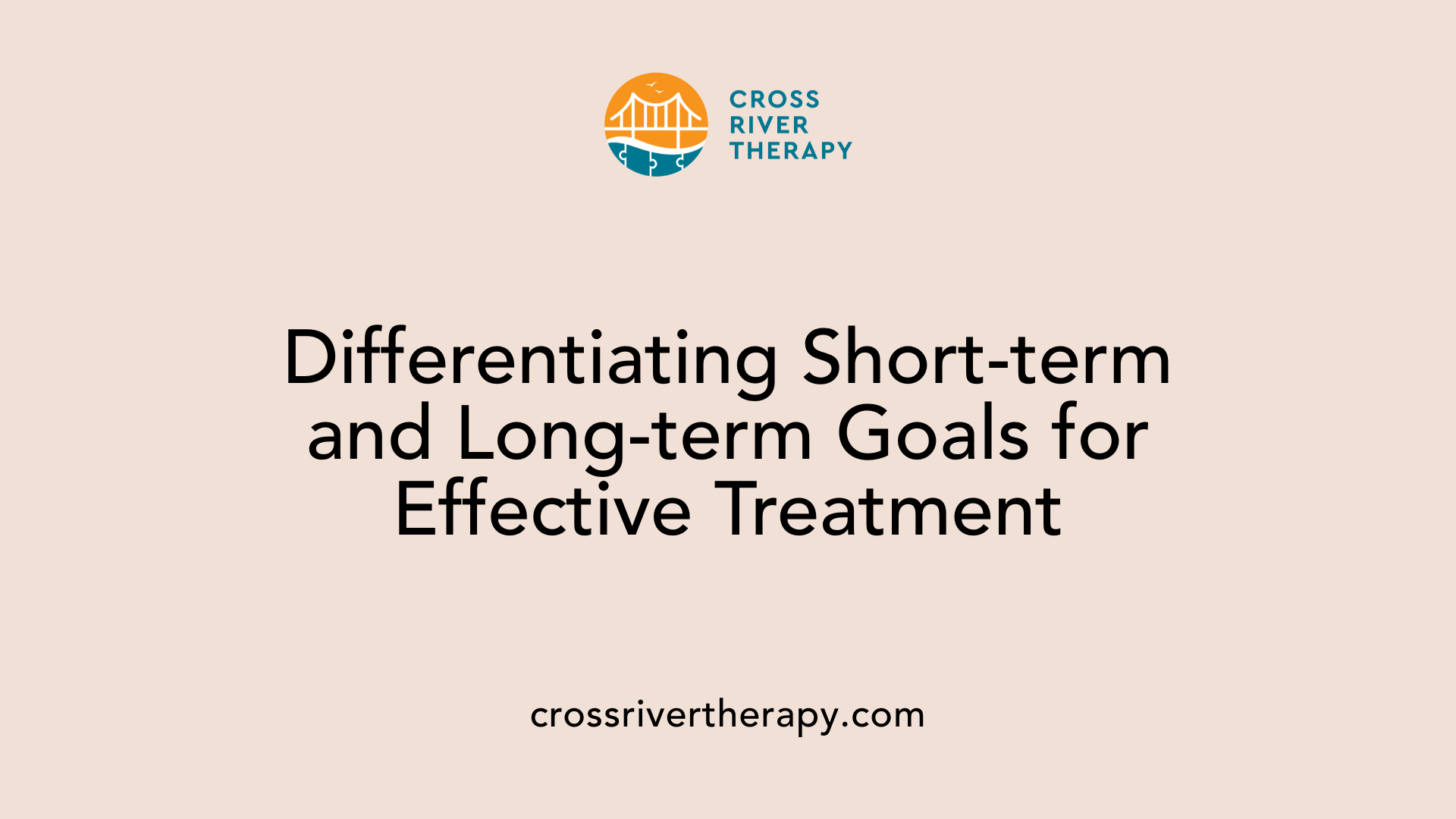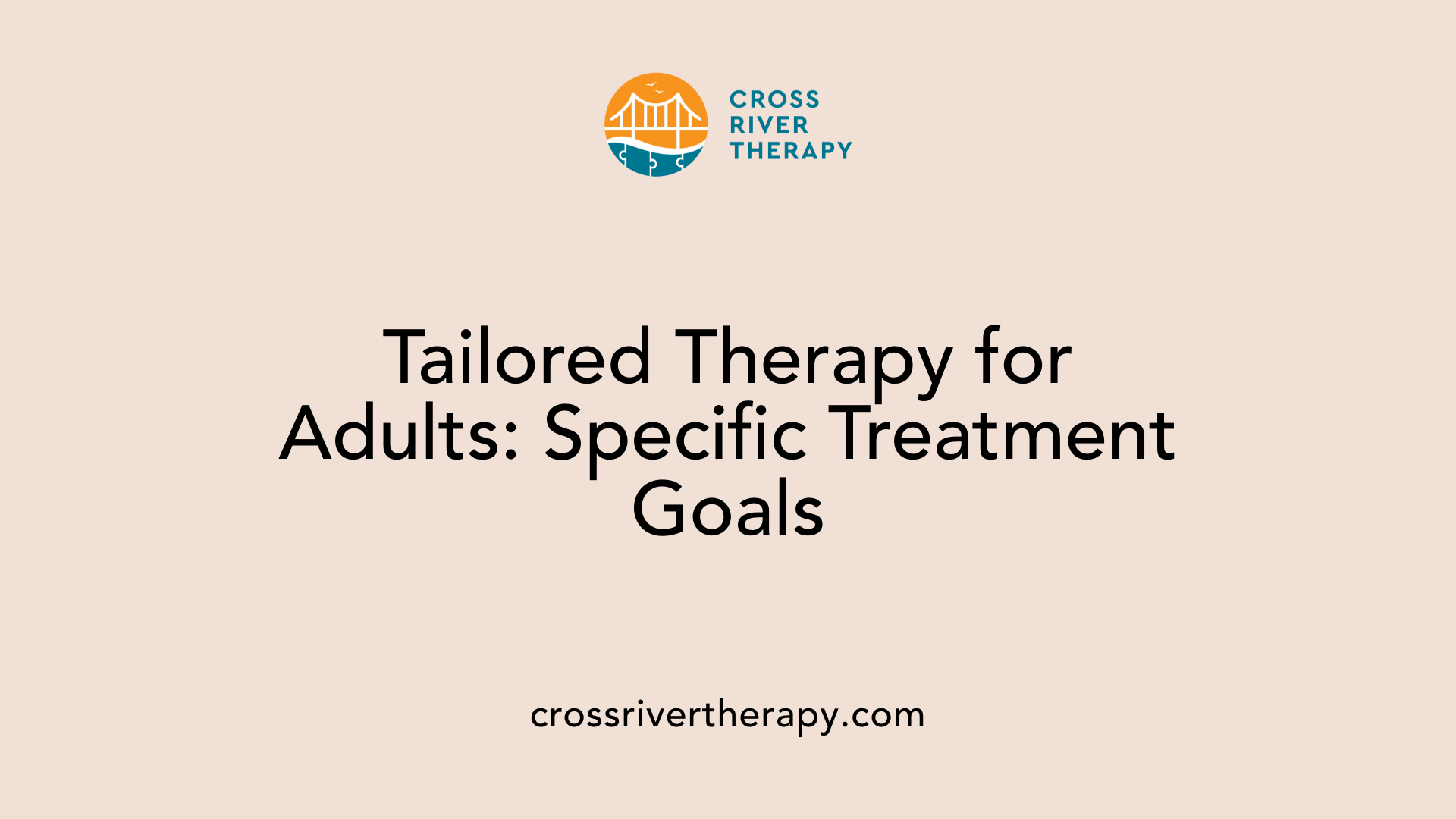Therapy Goals for Autism Growth
Achieving Developmental Milestones through Autism Therapy
Understanding the Importance of Goal-Setting in Autism Therapy
Therapy goals in autism are essential for providing direction and focus, guiding individuals with Autism Spectrum Disorder (ASD) in their developmental journey. By establishing tailored goals, therapies empower individuals with autism to maximize their potential, ensuring holistic growth across communication, social skills, behavior management, and more. In this article, we examine the various therapeutic approaches and the pivotal role goal-setting plays in autism treatment.
The Purpose of Autism Therapy Goals

What are the general goals of therapy for autism?
The primary aim of autism therapy is to enhance an individual's functionality by addressing and reducing the challenges associated with autism spectrum disorder (ASD). Key objectives include:
Combination of therapies
Effective treatment for autism often involves a multidisciplinary approach that combines various therapies. Common elements include:
Early intervention significance
Early intervention is crucial in autism therapy, particularly during preschool years when brain development is highly influential.
Families are encouraged to actively engage with professionals to ensure tailored interventions meet their child's evolving needs.
Framing Effective Treatment Goals

Importance of Individualized Treatment Goals
Setting treatment goals for autism spectrum disorder (ASD) focuses on reducing symptoms that hinder daily functioning while enhancing quality of life. Individualized treatment plans are tailored to address specific needs and may incorporate a combination of behavioral strategies, developmental therapies, and educational approaches. Utilizing models like the TEACCH framework helps create structured, visually engaging learning environments, which are particularly beneficial for children with ASD.
Additionally, addressing co-occurring psychological conditions through therapies such as cognitive-behavioral therapy (CBT) can bolster overall outcomes.
Applied Behavior Analysis
Applied Behavior Analysis (ABA) remains a cornerstone in the therapeutic landscape for autism. This evidence-based approach is directed towards promoting desired behaviors and reducing those that disrupt daily living. Goals within ABA are crafted based on thorough assessments of an individual's strengths and challenges, ensuring they're both measurable and achievable.
Early Intervention
The significance of early intervention cannot be overstated, especially for children under three. Initiating therapy promptly can lead to substantial improvements in developmental outcomes, including communication, social skills, and academic performance. Such early engagement not only supports the child's growth but also empowers families to participate actively in the therapeutic process.
GoalsExamplesFurther StrategiesCommunicationEnhancing expressive languageSpeech and language therapy, AAC systemsSocial SkillsForming peer relationshipsPlay therapy, social storiesBehavioralReducing challenging behaviorsABA techniques, incentives to foster positive behaviorDaily LivingImproving self-care independenceOccupational therapy activities
Balancing Short-term and Long-term Goals

What are examples of short-term versus long-term goals for individuals with autism?
In contrast, long-term goals extend beyond day-to-day interactions, focusing on independence and life skills. For example:
Planning effective goals
Setting effective goals requires a collaborative approach among parents, educators, and therapists to ensure they are SMART: Specific, Measurable, Achievable, Relevant, and Time-bound. Regular monitoring of progress is crucial in helping individuals stay focused and motivated while celebrating achievements throughout their journey.
Collaboration with caregivers
Engaging caregivers in the goal-setting process is vital. Their insights about daily routines and the child’s unique behaviours provide critical context, enabling the development of tailored interventions that yield the best outcomes. By fostering strong partnerships, the therapy process becomes more cohesive, supporting the child’s growth in multiple environments.
Therapeutic Approaches for Adults with Autism

What are specific treatment goals for adults with autism?
Specific treatment goals for adults with autism should be holistic, addressing various aspects of their lives. Strategies include improving:
Overall, the aim is to improve quality of life by equipping adults with the tools they need to navigate their unique challenges effectively.
SMART Goals in Autism Therapy
Example of a SMART goal
An example of a SMART goal for someone with autism could be to improve functional communication skills. For instance, "By the end of the month, the student will use a communication board to express needs in 4 out of 5 opportunities during classroom activities." This goal is specific, focusing on the use of a communication board. It is measurable by tracking the number of successful expressions of needs, achievable within a set time, relevant for enhancing communication skills, and time-bound with a clear deadline.
Specific, Measurable, Achievable, Relevant, Time-bound Framework
When creating goals, it’s essential to adhere to the SMART framework:
Other examples might include summarizing main ideas from a text or initiating conversations with peers a set number of times daily. These goals reflect targeted skill development in communication, academic, and social areas.
Speech and Language Goals for Autistic Individuals
Expressive and Receptive Communication
One of the primary goals of therapy for autistic individuals is to enhance both expressive and receptive language skills. Expressive communication involves the ability to articulate thoughts and needs, while receptive communication focuses on understanding others. Goals may range from basic functions like using single words to express needs to developing complex conversational skills that enable interactions in various social contexts.
Role of Speech Therapy
Speech therapy plays a crucial role in addressing communication challenges faced by individuals with autism. Through targeted exercises and strategies, speech therapists work on improving verbal skills, enhancing vocabulary, and fostering important nonverbal communication competencies. Techniques may include visual supports, social stories, and practice in social settings to promote spontaneous communication and social interactions.
Use of AAC Systems
For some autistic individuals, traditional verbal communication may be inadequate. In such cases, augmentative and alternative communication (AAC) systems become invaluable. These systems can include tools like picture exchange communication systems (PECS) or speech-generating devices. Implementing AAC systems ensures that individuals can effectively communicate their needs and connect with others, thereby reducing frustration and improving engagement within social environments.
Social Skills and Behavioral Objectives
Promoting Social Interaction
Enhancing social skills is critical for children with autism, enabling them to form friendships and engage meaningfully with peers. Therapy often incorporates structured play activities, role-playing, and social stories to cultivate necessary skills like turn-taking, sharing, and understanding emotions. By practicing these skills in various settings, children can develop better social understanding and confidence.
Reducing Challenging Behaviors
Addressing behavioral challenges is equally important. Therapists work on moderating repetitive movements and improving self-regulation through strategies that include teaching appropriate expressions of frustration and respecting personal space. These adjustments can lead to an overall improvement in social interactions, enhancing the child’s ability to navigate everyday situations.
Role of ABA Therapy
Applied Behavior Analysis (ABA) plays a pivotal role in autism therapy by emphasizing skill acquisition and behavior modification through positive reinforcement. ABA therapy sets individualized goals for social skills, targeting specific areas such as communication and peer interaction. By monitoring progress and celebrating small achievements, children are motivated to continue their development on a pathway toward greater independence and social engagement.
ObjectivesExamples of GoalsOutcomesPromoting Social InteractionInitiating conversations, sharing toysEnhanced friendships and engagementReducing Challenging BehaviorsExpressing frustration appropriatelyImproved emotional regulationRole of ABA TherapyLearning to make requests, improving eye contactGreater involvement in social settings
Occupational Therapy and Daily Living Skills

Improving Independence
Occupational therapy plays a crucial role in supporting individuals with autism to become more independent in their daily lives. This type of therapy emphasizes practical skills, addressing tasks such as personal hygiene, dressing, and meal preparation. By focusing on functional skills, therapists enable individuals to navigate everyday routines with confidence and self-sufficiency.
Sensory Processing Goals
Sensory processing is often a challenge for individuals on the autism spectrum. Occupational therapy includes specific goals aimed at improving sensory integration and helping clients manage sensory overload. Techniques can involve gradual exposure to various sensory stimuli and creating environments that cater to individual sensory needs, maximizing comfort and functionality in diverse settings.
Motor Skills Development
Motor skills development is another fundamental focus of occupational therapy for children with autism. Therapists work on fine and gross motor skills through engaging activities that promote coordination, balance, and dexterity. This may include play-based tasks that encourage movement and physical interaction, enhancing both functional abilities and overall quality of life.
Goal AreaFocusKey Techniques UsedImproving IndependenceDaily ActivitiesPractice, Routine CreationSensory ProcessingSensory IntegrationGradual Exposure, Environment DesignMotor Skills DevelopmentFine and Gross Motor SkillsPlay-Based Activities
Neurodiversity-Affirming Practices in Autism Therapy
Respecting Individual Needs
Neurodiversity-affirming practices in autism therapy focus on understanding and valuing the unique needs and experiences of autistic individuals. This approach emphasizes tailoring therapeutic interventions that align with what each person wants and requires rather than imposing neurotypical norms. By recognizing the diversity within the autism spectrum, therapists can create personalized treatment goals that foster genuine self-expression and individual growth.
Avoiding Masking
It is crucial for therapy not to encourage masking, which can lead to burnout and negative mental health outcomes. Masking involves conforming to social norms at the expense of authenticity, often draining the individual of their energy and passion. Neurodiversity-affirming therapy advocates for teaching skills that enable autistic clients to navigate social situations without compromising their identity, thereby promoting a healthier self-image and mental well-being.
Empowering Self-Advocacy
Another essential aspect is empowering self-advocacy among autistic individuals. This includes helping clients articulate their needs, set boundaries, and participate actively in their therapy. Emphasizing personal empowerment and agency allows clients to define their journeys and fosters confidence in expressing themselves in various contexts. Therapists can use strategies such as role-playing and guided discussions to enhance these advocacy skills, making therapy not only about change but about embracing one's true self.
Empowering Through Goal-Driven Autism Therapy
Setting and achieving personalized therapy goals are central to empowering individuals with autism across their lifespan. By focusing on specific, meaningful objectives, therapy can enhance skills and reduce behaviors that impede daily functioning. Whether through behavioral interventions, developmental supports, or holistic approaches for adults, the goal is always to improve quality of life and personal agency for individuals with autism, guided by their unique strengths and needs.



